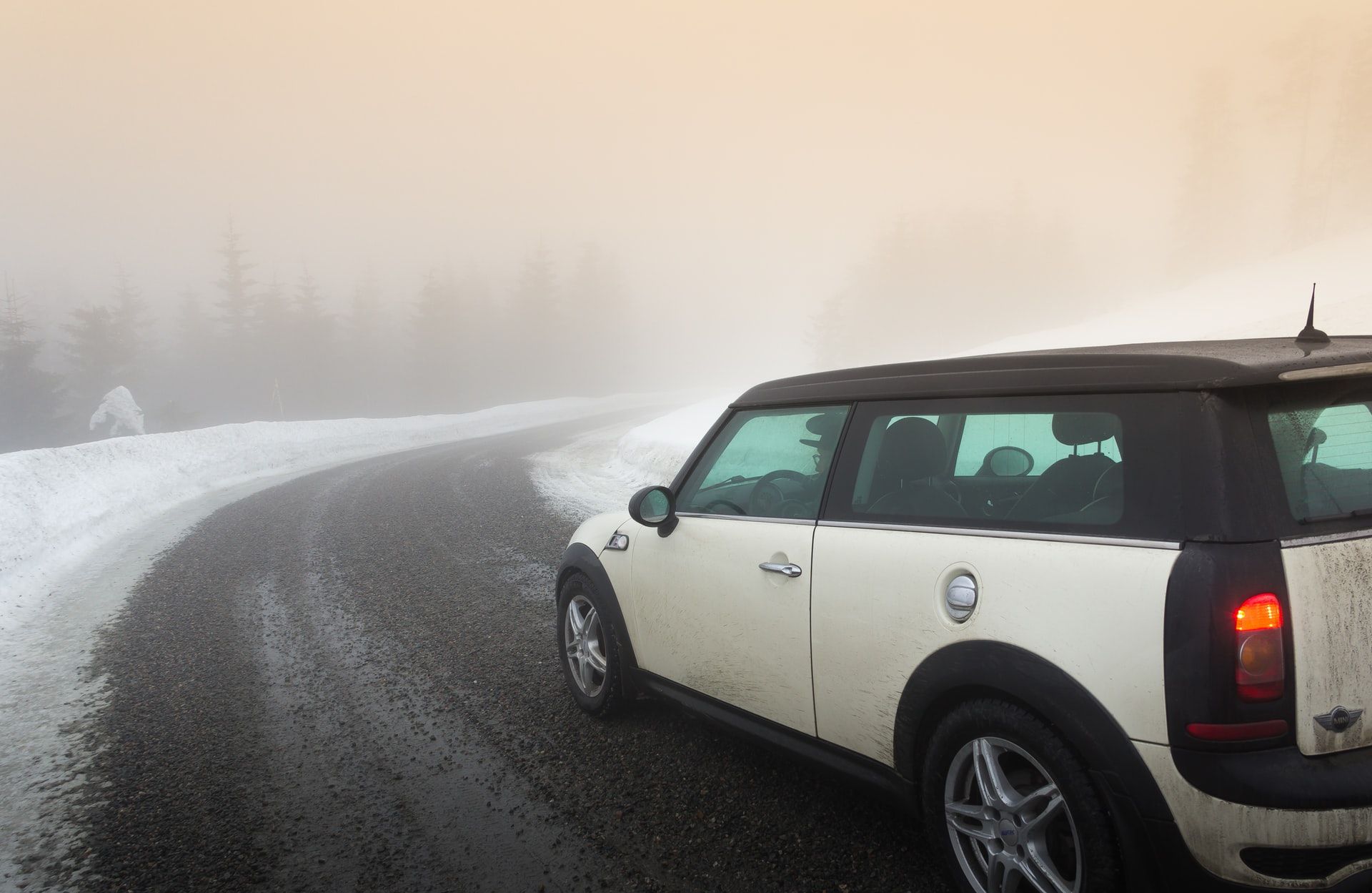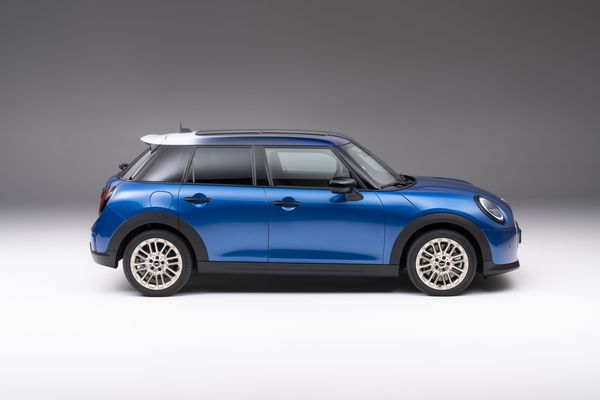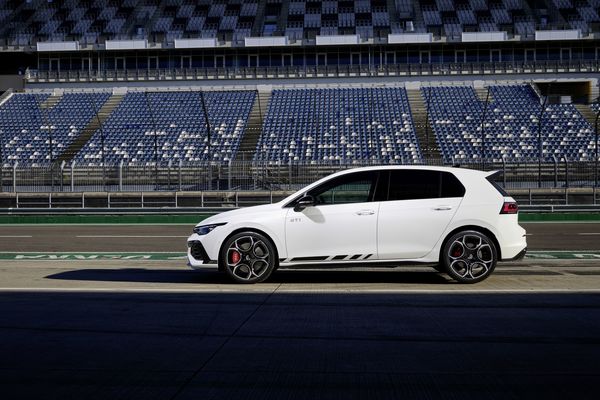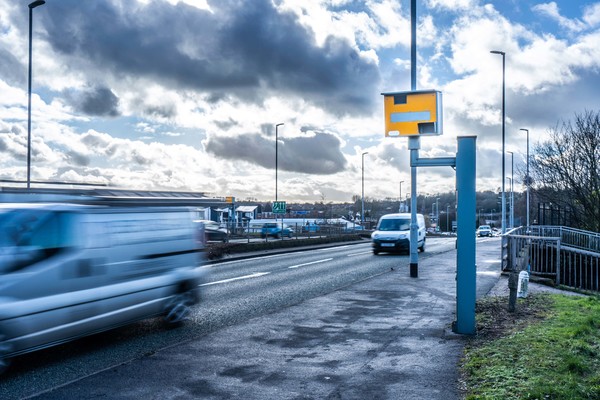IT looks like the decent weather is fast becoming a memory, temperatures are dropping, frosty mornings are becoming the norm and wintry showers are more than just an occasional occurrence. And so it’s important to get the car ready for winter.
Unfortunately poor weather means that mechanical breakdowns are likely to increase, so before the worst hits, here are some top tips that will help see you safely through to spring.
Get the car serviced before winter, cold weather can cause problems many of which can be prevented by servicing and maintenance checks. During the winter months cold temperatures can affect the performance of your battery, reducing output, and the increased use of lights, heater, wipers and fans puts it under strain. During lockdown, when not used as much as usual, your battery will have suffered. Get a battery diagnosis done to check this out.
Make sure your engine coolant mix is correct. It should be 50/50 water and antifreeze. Get it checked as coolant becomes diluted over the years as we top up with water, and insufficient coolant could lead to over-heating and a large repair bill.
Having good tyres on your car is important to both steering and braking, so check that your tyres have a safe tread depth and that they are inflated to the correct pressure. Over or under-inflated tyres provide inferior grip, damage the tyres and shorten their life dramatically. 1.6mm is the minimum legal tread depth, however a 3mm minimum during the winter will provide better grip in poor conditions. You can buy a tread depth tester and a tyre pressure gauge set online for less than £8 – this is a good investment.
Top tip: ask your tyre provider about winter tyres as these offer increased grip in snow-slush or on ice and are great if you drive on hills daily.
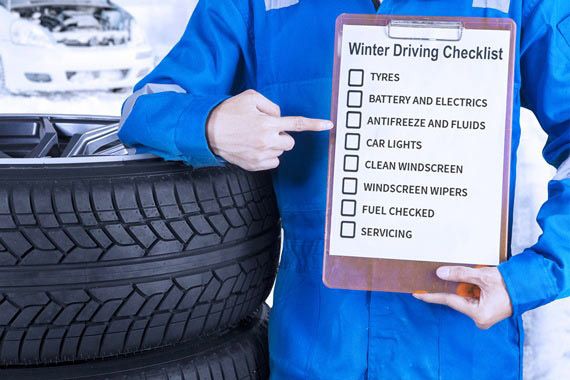
Check your lights and rear reflectors and make sure there are no cracked lenses or faulty bulbs. Give your windscreen a thorough clean inside and out and top up your screen washer fluid with a water and washer mix. Check your wiper blades and, if in doubt, replace them.
Keep a winter driving kit in your car at all times. This should include: jump leads, torch, blanket, hi-vis vest, windscreen scraper, de-icer, warning triangle, first aid kit and not forgetting a phone charger. In an emergency, you will be glad you did this. Maintain a minimum of a quarter tank of fuel in case of unexpected delays (then at least you can stay warm).
If you have a bit of mechanical know-how, check brake pads, discs and fluid, the fan and alternator belts and oil and air filters. If you don't have that knowledge, any competent mechanic can help, but make sure the mechanic you choose is competent and preferably comes recommended. Never skimp on the safety of your car.
Until next time – safe driving

